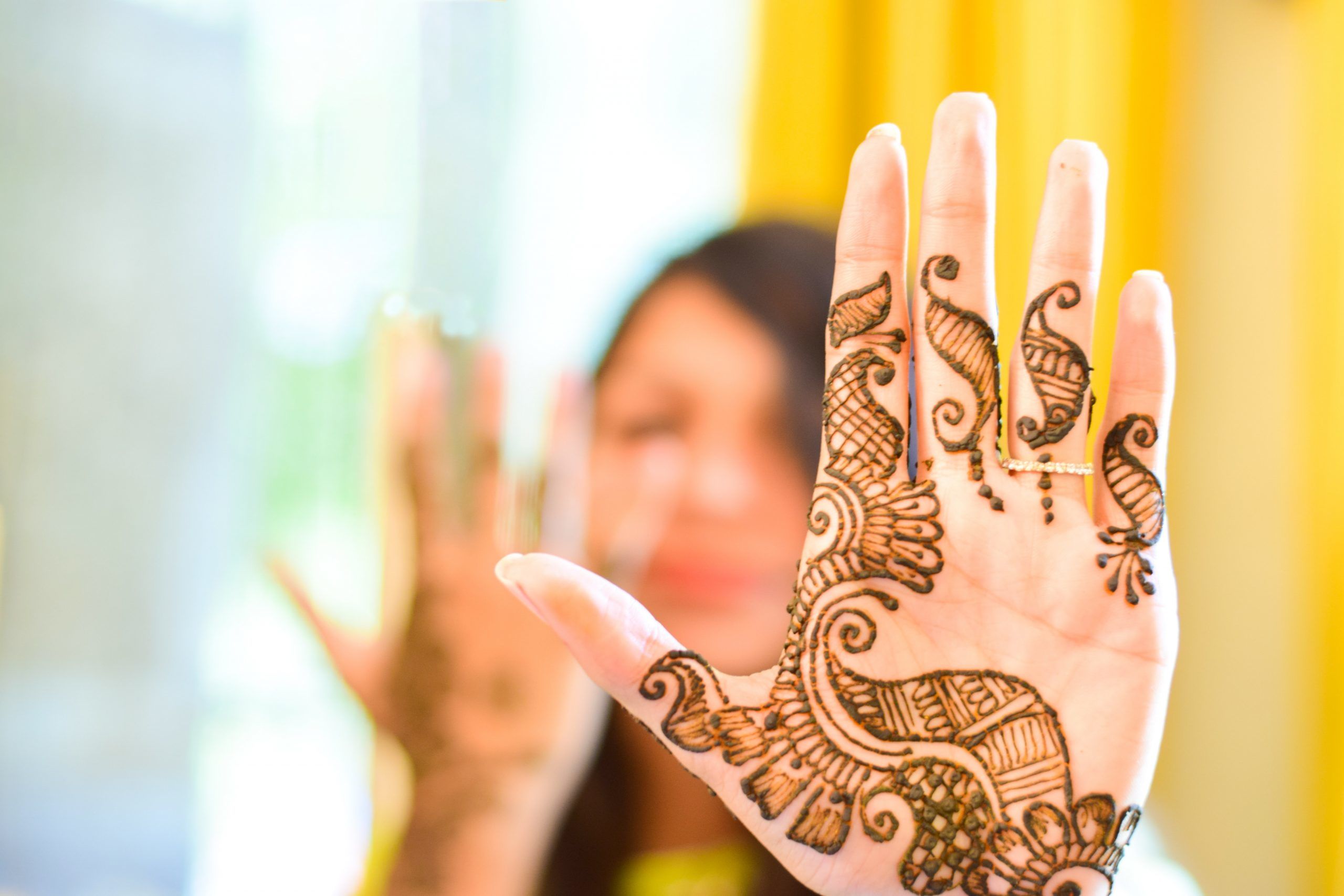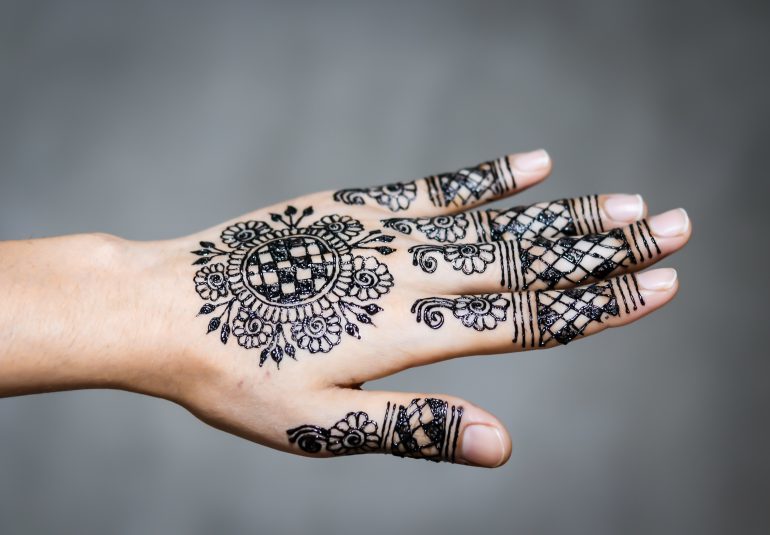
- 0
Henna has come from a long and rich history. What was first used for its cooling properties thousands of years ago eventually became a popular tool for adornment as well as for treating various ailments.
Its remarkable reddish-orange dye is commonly used as a colorant in hair dyes as well as for nails and fabrics. On the other hand, its medicinal properties are found to be effective in treating headaches and stomach pains as well as dandruff, scabies, wounds, and fungal infections.
In this article, we’ll be going through popular henna traditions as well as its other uses when it comes to adornment. If you missed part one of this two-part special, don’t forget to check it out later to learn about henna’s history, characteristics, and various uses.
Henna As Used in Traditions
In African countries as well as in Pakistan, India, and the Middle East, henna is used on special occasions such as birthdays, weddings, and holidays.
Out of these, the most popular henna tradition is the Mehndi Night. This festivity is held by the bride and her family, relatives, and friends to celebrate the upcoming wedding. It is a lively night filled with games, music, and dance performances. However, the highlight of the night is the extensive henna patterns that the bride gets on her arms and legs.
These elaborate and vast designs usually take hours to complete. Because of this, brides today prefer to have their henna done before the Mehndi night. This allows them to enjoy the celebration and have a deeper stain on the wedding day.
According to their tradition, the bride doesn’t have to do any housework as long as the henna stain is present. Aside from this, they also believe that darker stains signify better marriage—as well as a better mother-in-law!
Henna As Used for Adornment
Henna is popularly used in temporary tattoos. To create the dye for this, the leaves of the henna plant are dried, crushed, and made into a paste. At first, this paste looks dark green or brown when applied to the skin. This will eventually flake off and reveal an orange stain that later on becomes reddish-brown after three days.
While henna can work on all types and colors of skin, some skins may not be able to take the dye better than others. In these instances, the color may not look as prominent as usual. Despite this, it is still a symbol of art and beautification that everyone can use.
Aside from decorating the body, henna can also be used for your hair. In fact, it is a natural permanent dye that is used all over the world for its long-lasting color. On top of that, it serves as a healthy alternative to the chemical dyes that are widely available today.
Henna can give your hair a vibrant color while strengthening it and preventing breakage. It also conditions your hair, making it shiny and lustrous. Aside from this, it can prevent hair fall and even soften it. Ultimately, it has gentle properties which makes it a great choice for cancer patients and those with sensitive skin.
Conclusion
Aside from being an ornament in traditional celebrations and festivities, henna can also be used by everyone to decorate their body or color their hair today. Its remarkable pigment and its medicinal properties make it a safe ingredient for anyone and everyone to use. If you want to get a tattoo or dye your hair without the harmful chemicals found in most products today, dyes made from henna are definitely worth exploring.
EarthDye is your go-to shop when it comes to high-quality natural hair color in the US. All our products are 100% plant-based and safe to use over chemical hair dyes. Browse our products today and start shopping!

